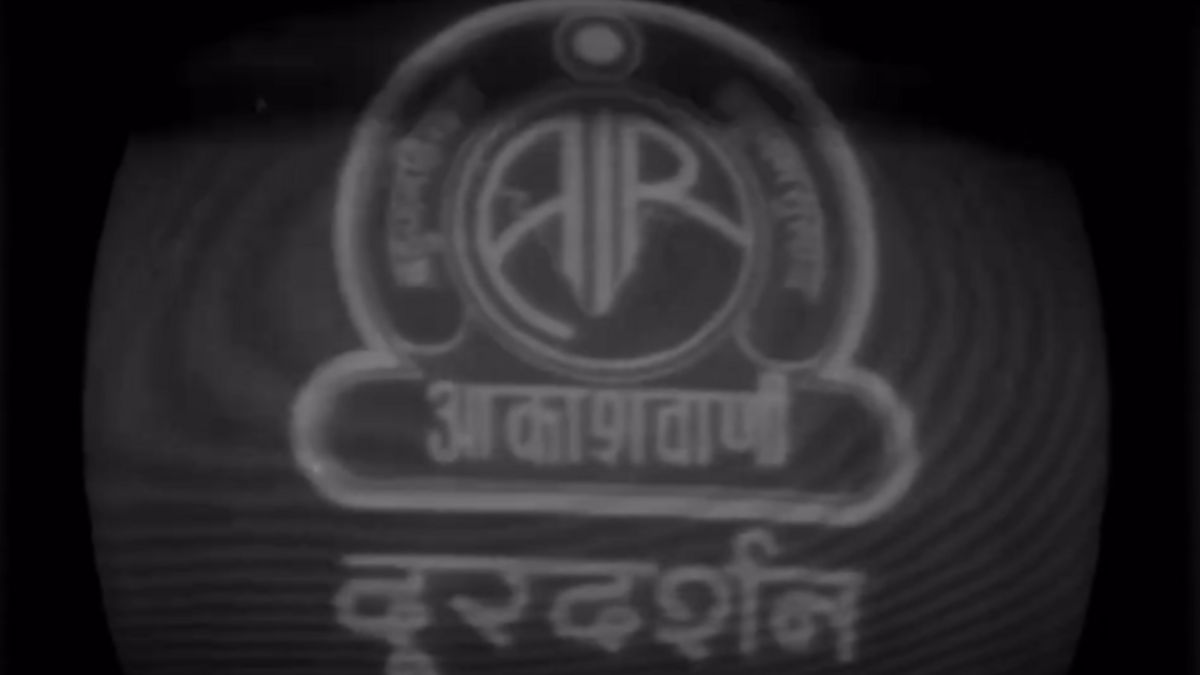Most Indians have spent their holidays and weekends glued to the television for the better part of their life. While there are hundreds of shows to browse from now, the initial days were not the same. So much so, that initially there was just Doordarshan, the first national television service, launched on September 15, 1959. This went on to become a cultural icon for generations.
If you are a history geek who loves to learn about important events from the past, Firstpost Explainers’ ongoing series, History Today will be your one-stop destination to explore key events.
On this day in 1955, the Vladimir Nabokov’s controversial novel ‘Lolita’ was published in Paris on this day in 1955. The Nuremberg Race Laws were imposed on Germany by Adolf Hitler, which paved the way for the Holocaust, on this day in 1935.
Here is all that took place on this day.
Doordarshan was launched in India
India witnessed the birth of Doordarshan, its first national television service, on September 15, 1959. Launched in New Delhi as an experimental telecast under the umbrella of All India Radio (AIR), the service initially aired only twice a week for an hour each day, covering educational programs and news meant to inform and unite the country.
The modest beginning featured a small transmitter and black-and-white broadcasts that reached only a handful of households equipped with television sets provided by the government. Yet, it marked a leap forward for a newly independent India in the field of technology.
By the 1970s, Doordarshan expanded its programming to include dramas, cultural shows, and entertainment, reflecting the diversity of Indian society. Landmark series like Ramayan, Mahabharat, Hum Log, and Malgudi Days became household staples. For many, Doordarshan was not just a broadcaster but a companion that brought news, knowledge, and entertainment into their living rooms.
Doordarshan also played a critical role in circulating government policies, public service messages, and educational content. Its iconic logo and the haunting opening theme music remain etched in the memories of Indians who grew up in the era before cable television and digital media.
‘Lolita’ was published
Vladimir Nabokov’s Lolita was published for the first time on this day in 1955 in Paris. Published by the Olympia Press, it set off one of the greatest literary controversies of the 20th century. Written by the Russian-American novelist, the book explores the unsettling story of Humbert Humbert, a middle-aged man obsessed with a 12-year-old girl, Dolores Haze, whom he nicknames Lolita.
Nabokov’s manuscript had been rejected by several major publishers in the United States and Britain, who feared prosecution under obscenity laws. Eventually, the founder of the Olympia Press, who was known for printing provocative works, Maurice Girodias, agreed to publish it. The novel’s arrival immediately stirred outrage, with critics condemning its subject matter as immoral and dangerous. It was even banned in some countries.
Even after the controversy, Lolita quickly gained recognition for Nabokov’s masterful prose, wordplay, and narrative complexity. The novel was not merely about forbidden desire but also a profound exploration of obsession, manipulation, and the unreliability of narration. Humbert Humbert’s eloquent voice both captivates and repulses readers, forcing them into uncomfortable moral terrain.
Over the decades, Lolita has continued to provoke analysis, debate, and adaptation, including Stanley Kubrick’s 1962 film and Adrian Lyne’s 1997 version. It remains one of the most studied novels of the modern era, raising enduring questions about art, morality, and the power of language.
Nuremberg Race Laws imposed
During the annual Nazi Party rally in Nuremberg, the German government passed a set of laws that would become a cornerstone of the Holocaust. These were known as the Nuremberg Race Laws, these laws institutionalised antisemitism by stripping German Jews of their rights as citizens and codifying racial discrimination.
The legislation consisted of two main decrees. The first, the Reich Citizenship Law, declared that only those of “German or related blood” could be citizens of the Reich. Jews, by this definition, were reduced to “subjects,” denied political rights and protection under the state. The second, the Law for the Protection of German Blood and German Honour, forbade marriages and sexual relations between Jews and so-called “Aryans.” It also prohibited Jews from employing German women under the age of 45 in their households, under the guise of preventing “racial contamination.”
The laws did not define “Jew” by religion but by ancestry, using pseudo-scientific racial criteria. Even individuals with one or two Jewish grandparents were categorised as Mischlinge (mixed race) and faced discrimination. This racial classification system became a bureaucratic tool of persecution.
The Nuremberg Laws marked a chilling escalation from social prejudice to state-enforced racism. They provided the legal framework for the exclusion, segregation, and eventual annihilation of Jews in Europe. Beyond Jews, the laws also set a precedent for targeting Romani people, Black Germans, and others deemed “undesirable.”
International reaction was muted. While some foreign newspapers criticised the measures, most governments refrained from direct confrontation. This silence emboldened the Nazi regime to intensify its persecution.
This Day, That Year
Muhammad Ali won the world heavyweight boxing championship for the third time in 1978.
In 1916, the tank made its debut in combat after the British used it during World War I
On this day in 1590, Giambattista Castagna was elected pope as Urban VII; he died of malaria 12 days later.


)

)
)
)
)
)
)
)
)



